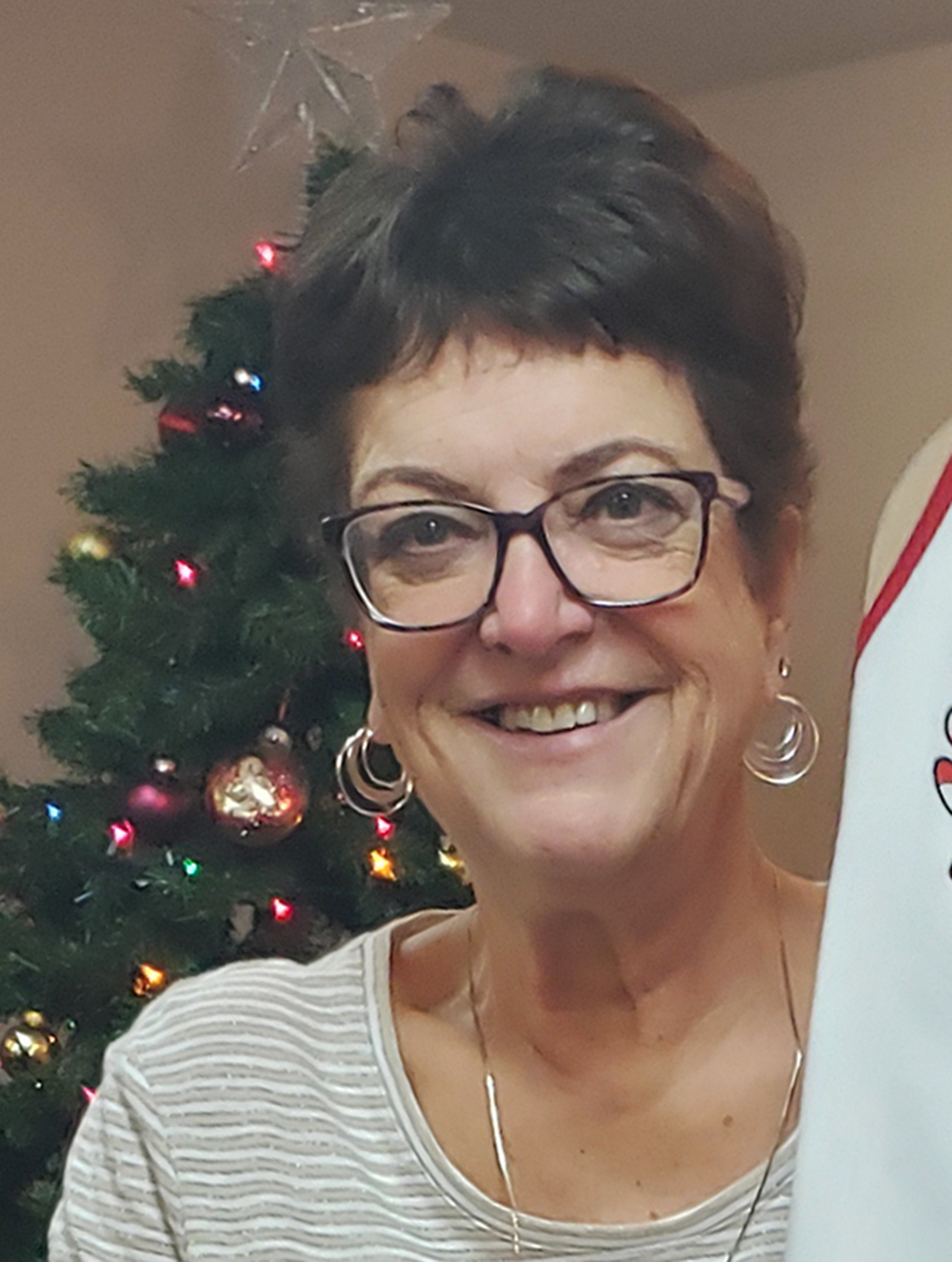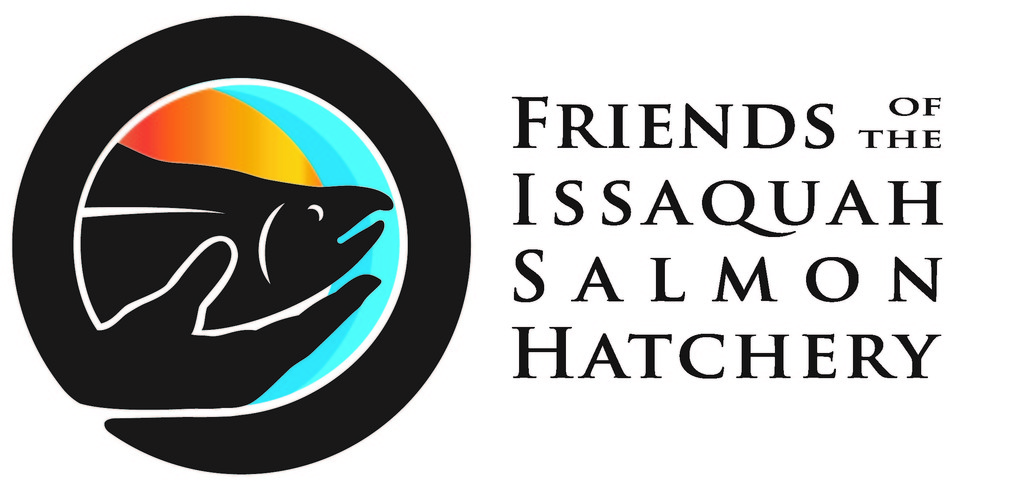Saving the Hatchery Around the Corner: Debbie Berto
Saving the Hatchery Around the Corner: Debbie Berto
By Grace Reamer
IHM: Issaquah Press Collection October 14, 1992: Page 2 (stparchive.com)
IHM: Issaquah Press Collection September 30, 1992: Page 1 (stparchive.com)
IHM: Issaquah Press Collection September 30, 1992: Page 4 (stparchive.com)
IHM: Issaquah Press Collection October 28, 1992: Page 3 (stparchive.com)
When Debbie Berto learned about the proposed closure of the Issaquah Salmon Hatchery, it hit a personal note for the publisher of The Issaquah Press. The historic hatchery was just around the corner from the weekly newspaper office. Just a few steps out of the back door and through a gap in the fence, the hatchery was literally in the backyard.
She vividly remembered that day in 1992 when editor Andrew McKean was going through the mail and came across a press release from the state Department of Fisheries about proposed budget cuts, including hatchery closures. One line buried in the notice would change the future of the Issaquah Salmon Hatchery, as well as the entire community.
“It was 10 days before Salmon Days, the annual festival that regularly attracts 200,000 visitors to Issaquah to witness the salmon migration and celebrate the annual spawning season,” Berto said. “We came out with a front-page story right before Salmon Days, on Wednesday, with this screaming headline about the possible closure.”
In the Sept. 30 edition, just below the masthead, The Press announced in ominous bold letters, “Salmon Hatchery slated to close. Budget cuts responsible for probable closure next spring.” On page 4, Berto’s editorial implored, “Issaquah so far has only one aggressive economic development plan – tourism. At the head of the attractions list is the Washington State Salmon Hatchery. Now more than ever, its worth to the city must be recognized, and fought for.”
Below the editorial, Berto printed a petition and urged readers to sign on in support of keeping it open for the educational and economic value of the 1936 facility. A few days later, Issaquah Chamber of Commerce volunteers carried copies of the petition around during the Salmon Days Festival and collected signatures. Students of teacher Doug Emery, who had been hatching salmon eggs in a school aquarium, put up butcher paper on the hatchery fence and collected more signatures and pictures. Support soon coalesced around the educational aspect of the hatchery’s operations.
“The real shock is that the state fisheries staff has not bothered to consider the educational value of this interpretive center that is has worked hard to develop over the past 10 years,” Berto wrote. “The Issaquah hatchery is the closest one to a metropolitan area, and no doubt has the most visitors, from school groups and area families to international tourists.”
The community mobilized immediately. Just a week later, in a public hearing at South Seattle Community College, at least 70 students, business people, politicians and citizens flooded the fisheries staff with testimony about the hatchery, The Press reported. They delivered stacks of petitions and unrolled a huge sign full of student drawings and community messages. That grassroots movement was the beginning of a 30-year effort to create a center where salmon could teach a broad audience about environmental conservation. Berto and The Press were there the whole way, capturing the community’s rescue of the hatchery in gripping stories, photos and more editorials.
By then, Berto already was personally involved with salmon through her volunteer work with the city’s tourism committee. Years earlier, the committee was granted funding to bring in a speaker and put on a seminar for local business owners about how to “Seek Unique” and promote tourism, she said.
“It gave us the motivation, prioritizing what we’ve got,” she remembered. “The hatchery was high on the list, obviously.”
Berto and her husband, Tom Norton, volunteered to bring attention to the hatchery with some visual enhancements. “The first priority was to get the lobby fixed up,” with some signage and an aquarium showcasing salmon fry, she said.
She remembers their project to draw attention to the old round adult salmon pond, used to display salmon in the fall. During the off season, when the ponds were empty, Berto and Norton painted colorful stripes on the asphalt around the ponds, and then used a stencil to spray paint silver salmon on them. While the parents painted, their 2-year-old son played in the middle of the empty pond – and kept out of trouble.
As a newspaper publisher as well as a community volunteer, Berto had a unique perspective of the town’s values and resources. Fresh out of Central Washington University, and armed with degrees in journalism and sociology, she spent a legislative term working in communications for the House of Representatives in Olympia. There, she met Sen. John Murray, who happened to be the publisher of The Press at the time, and he steered her to a job in Issaquah in 1973. She spent nearly 41 years at The Press before retiring in 2014.
Along the way, she founded Issaquah Women Professionals in 1983 and also served as vice president of the Issaquah Chamber. She got involved with the Issaquah Kiwanis in 1987, the first year that they allowed women to join and is still a member. Her community leadership list is lengthy and she was named to the Issaquah Hall of Fame in 2013. She credits the town’s long-standing tradition of volunteerism with much of its success, including the rescue of the salmon hatchery.
Just as important was The Press coverage of the hatchery rescue efforts and then the formation of the non-profit Friends of the Issaquah Salmon Hatchery. She kept the story in the weekly headlines, and the community responded. The Press even printed the annual FISH reports about the number of volunteer tours provided and eggs collected at the hatchery each year.
“I always said, ‘The reason this town is so strong is that it has such a great newspaper,’” she recalled. Although The Press closed in 2017, another victim of declining print media revenue after 117 years in business, community volunteers still keep the hatchery running.
It was only natural that Berto would volunteer with the formation of FISH in 1993, and she served on the board of directors for 10 years. She even gave tours to school groups occasionally, as the buses unloaded just a few steps from her office. And she still maintains her membership to celebrate the program she helped build.
“Your heart can’t leave something that you’ve put your whole self into,” she says.

